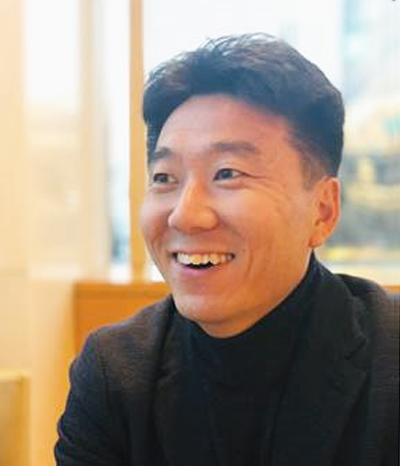
- Prof. Allison Okamura
- Stanford University, USA
- Let’s be Flexible: Soft Haptics and Soft Robotics
- Prof. Allison Okamura
- Stanford University, USA
- Title: Let’s be Flexible: Soft Haptics and Soft Robotics
Abstract
While traditional robotic manipulators are constructed from rigid links and localized joints, a new generation of robotic devices are soft, using flexible, deformable materials. In this talk, I will describe several new systems that leverage softness to achieve novel shape control, provide a compliant interface to the human body, and access hard-to-reach locations. First, soft haptic devices change their shape and mechanical properties to allow medical simulation and new paradigms for human-computer interface. They can be made wearable by people or by objects in the environment, as needed to assist human users. Second, superelastic materials and 3D-printed soft plastics enable surgical robots that can steer within the human body in order to reach targets inaccessible via the straight-line paths of traditional instruments. These surgical robots are designed on a patient- and procedure-specific basis, to minimize invasiveness and facilitate low-cost interventions in special patient populations. Third, everting pneumatic tubes are used to create robots that can grow hundreds of times in length, steer around obstacles, and squeeze through tight spaces. These plant-inspired growing robots can achieve simple remote manipulation tasks, deliver payloads such as water or sensors in search and rescue scenarios, and shape themselves into useful structures.
Biography
Allison M. Okamura received the BS degree from the University of California at Berkeley and the MS and PhD degrees from Stanford University, all in mechanical engineering. She is currently Professor in the mechanical engineering department at Stanford University, with a courtesy appointment in computer science. She is the Editor-in-Chief of the journal IEEE Robotics and Automation Letters. Her awards include the 2016 Duca Family University Fellow in Undergraduate Education, 2009 IEEE Technical Committee on Haptics Early Career Award, 2005 IEEE Robotics and Automation Society Early Academic Career Award, and 2004 NSF CAREER Award. She is an IEEE Fellow. Her academic interests include haptics, teleoperation, virtual environments and simulators, medical robotics, neuromechanics and rehabilitation, prosthetics, and engineering education. Outside academia, she enjoys spending time with her husband and two children, running, and playing ice hockey. For more information about her research, please see the Collaborative Haptics and Robotics in Medicine (CHARM) Laboratory website: https://charm.stanford.edu.


